When building for the future, it helps to have a vision to work toward. As climate instability has more of an effect on more people, we ask ourselves all the time how we can build the Hub so that it can be the best mothership possible in the next 10 to 20 years and serve the Dancing Rabbit community, whatever those needs might be.
Here are some opinions and visions offered by Ciaran and Liz on this very topic. We would love to hear your opinions and visions in the comments.
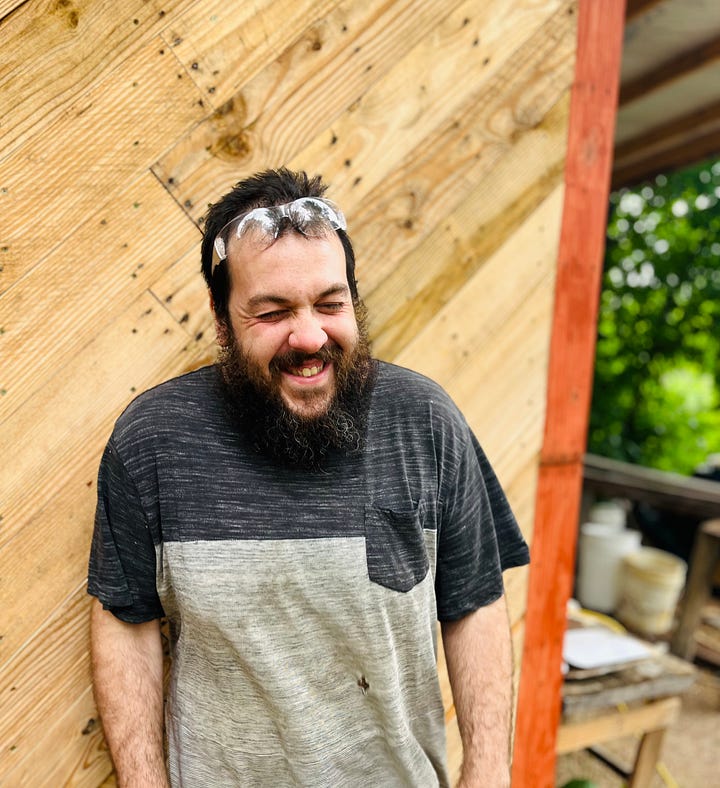
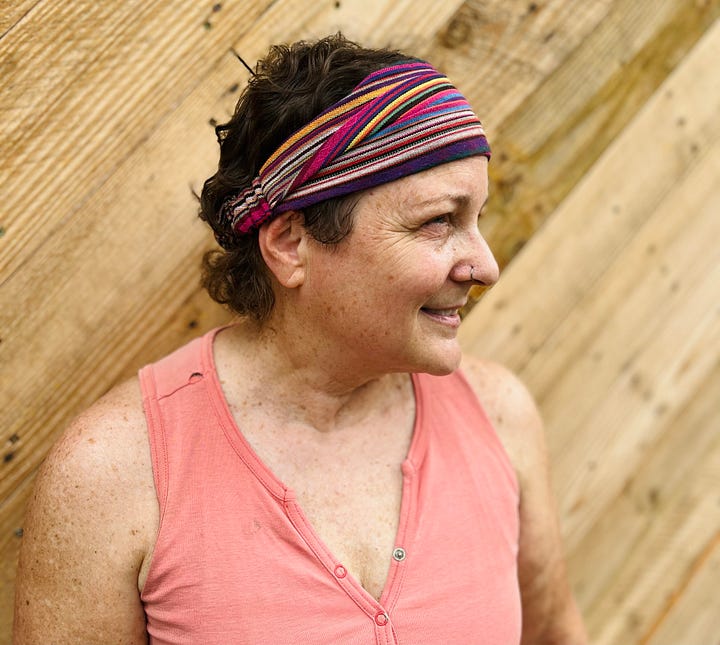
What do we mean by “a resilient future?”
Ciaran:
A resilient future is one where all people are empowered through their culture, support systems, and skills to adapt to the coming challenges brought on by climate change fueled polycrisis; these also coincide with building a future that does not make this mistake again.
Liz:
A resilient future looks to me like having systems and customs in place that give us a wealthy life in terms of good food and adequate shelter, and a culture of trust and self awareness, all within the context of sustaining natural systems. I would also like to be part of a network that reaches out with mutual aid to folks across the country. In my mind this all centers around responding to climate instability immediately and gradually, instead of waiting for natural disasters to cause huge upheavals and tragedies in people’s lives.
What does a resilient future look like?
Ciaran:
I believe it will look very different between communities. So many different conditions exist that change what it may look like for a specific group. Here at the Hub, and Dancing Rabbit as a whole, it looks like food sovereignty, harnessing wind power on the prairie, living in symbiosis with our forests, and raising children to work cooperatively instead of competitively.
But any resilient group will have a few things in common. Evenly distributed power to all of its people, a philosophy and lifestyle of cooperation, and living within the context of their environment.
Liz:
A resilient future looks like much greater independence from the economic system now in place across the globe. It looks like more regional interdependence, and it looks like simplifying our lives so that we can easily live within the demands of the climate around us. It looks like more people changing their lives and their mindsets. It looks like inclusion and improved quality of life, not with things, but with basic food and shelter needs being met with less effort and time, and more leisure and connecting time. It looks like listening to creative problem-solvers and taking action, rather than enforcing the status quo.
There’s something else I’d like to add as part of my vision. Something about fun, laughter, play and rest. About a way of life that has room for conversations and self awareness and personal growth. A way of life that emphasizes family and friendships, and allows us to adjust our level of activity to changes in the seasons. A way of life that doesn’t require huge personal sacrifices to meet our basic needs for food and shelter.
I once read a vision of the future (can’t remember the book) that laid out life in a village in the future that had festivals and celebrated the turns in the seasons, much as medieval towns used to do. It was a way of binding people together and having things to look forward to. It was also offered as an alternative to our need for traveling long distances and constant variety and excitement as a way to recover from jobs that are stressful and boring.
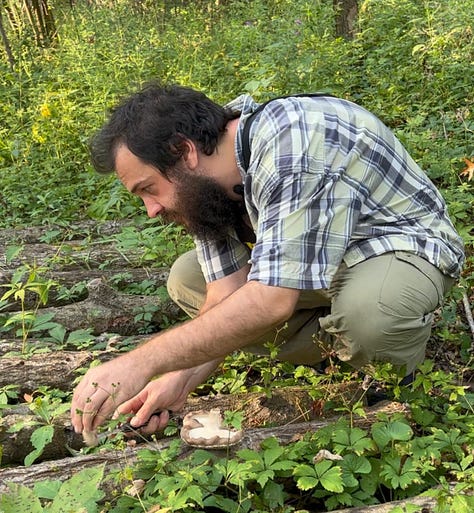
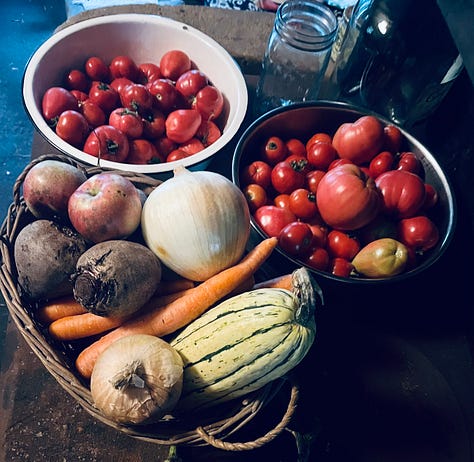
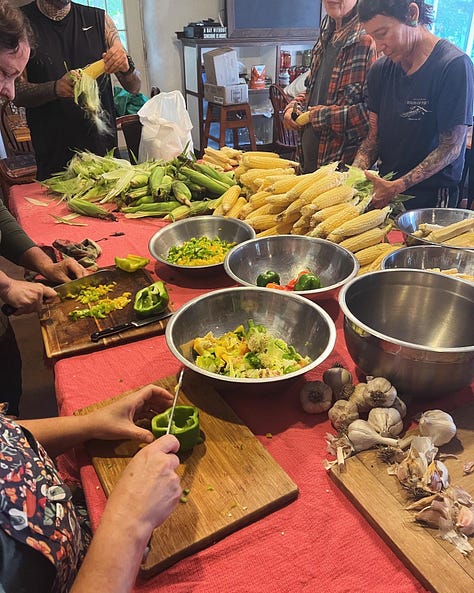
How do we build this future?
Ciaran:
Our greater economic system is a loss/reward system based on profit. Because of this context, all other considerations fall to the wayside. This context must change into cooperative ownership of the means of production and the elimination of individual surplus wealth hoarding.
We need to eliminate our dependence on fossil fuels that drive the main economic engine in favor of small-scale, local economic engines that drive the production of locally sourced goods. This must be done in order to ensure a livable future in the face of the ongoing polycrisis due to climate change.
This is not something that occurs overnight and requires a drastic shift in culture, which begins with modeling what it needs to look like for our children so that their own youthful radicality can bring our species into the future.
This looks like teaching them how to live in harmony with the land and other humans, which is a complex and daunting process, but it is too late to “save” our current way of life. We need to give our children the skills and tools to build a vastly different society and problem solve through the polycrisis that will define their own lifetimes and their children’s.
Liz:
I have learned a lot from observing the many visitors to our village. In the seven years I have lived at Dancing Rabbit, some of the biggest obstacles to making changes is a lack of urgency in changing how we live, and a lack of understanding that to get to where we need to be, the way we communicate and our mindsets have to change.
Studying and practicing healthier ways of communicating and cultivating self awareness is difficult, although it is within our control. Many good things can come from these practices, such as greater awareness and healing from past trauma, a greater capacity to work with others toward shared goals, and being able to move past conflicts.
The Buddhists recommend looking at your immediate corner of the world and seeing what you can do to help others and to build a future that you look forward to.
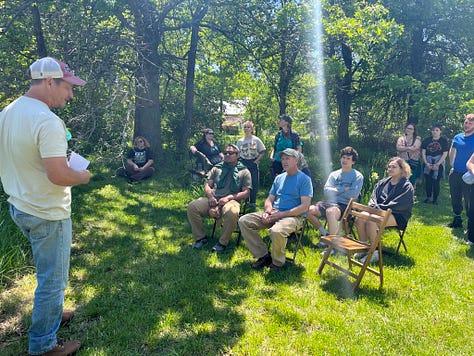
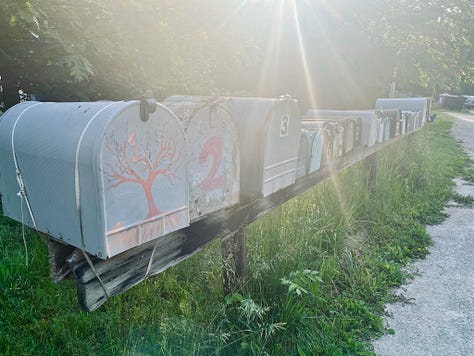
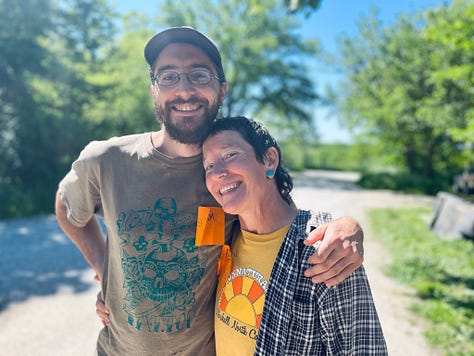
What are some first steps?
Ciaran:
This is a complicated question with many answers depending on who is asking.
For an individual, it means undergoing the grieving process. Until one accepts the realities of our world you are not able to take the drastic and radical action necessary to ensure our species’ (and many others) survival. After that it varies much more. For someone in a city it looks like involvement in local urban groups that promote rapid transit, community gardens, local politics and mutual aid groups. For some it is an intentional community, or just a rural default community. For suburbanites it looks like reclaiming lawns to grow food for themselves and their neighbors, ensuring new buildings are made from local materials, and local waste management.
For a community it looks like forming the web of interdependence before it is necessary and preparing for short term shocks. It looks like looking at what needs can be met immediately on the land with the proper tools. Energy, firewood, lumber, clay, stone, and other materials can often be found in abundance but require special tools or knowledge to tap into them. A community that owns these tools collectively can reduce their dependence on outside goods considerably. From there it is all about planning for the most likely shocks and disasters.
Animal societies only function when they both need things and use their group’s labor to fulfill those needs. You cannot find a functioning society that does not do this.
Liz:
Upping our game in emergency preparedness. Having more people trained in emergency response, and having systems in place for large scale natural disasters and backups in food and power if a natural disaster should happen. That seems like the short term steps in building a resilient future.
In the long term, it means learning skills to build and repair things. It means sourcing materials from the natural world around us in a sustainable way. I would rather be uncertain and uncomfortable in small ways over time and work to overcome that, than have my life change drastically in response to natural disasters, with fewer options in recovery.
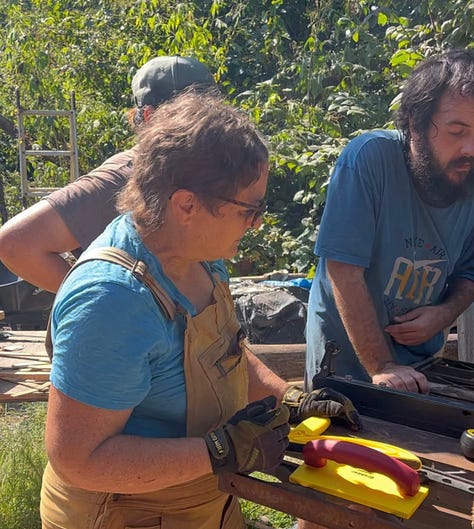
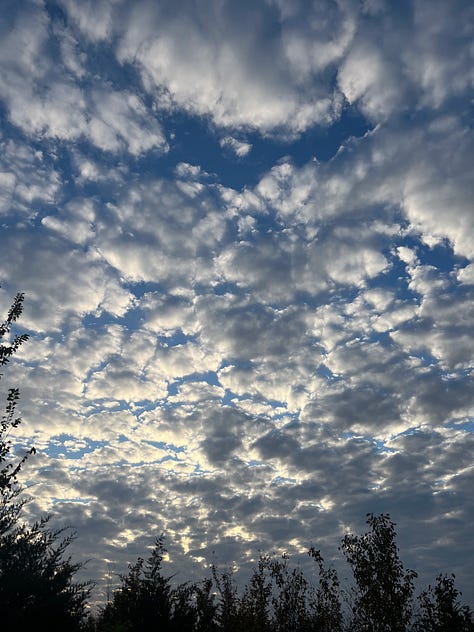
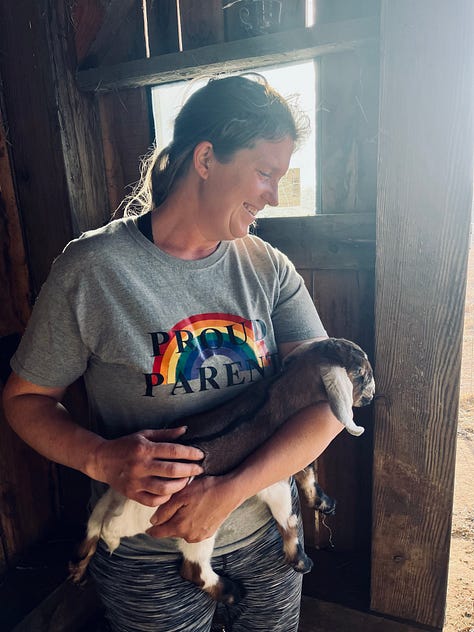
How do we combat resistance and discouragement and negative thinking and poor problem solving skills and lack of creativity and lack of knowledge?
Ciaran:
We need everyone to put down their phones and engage in their local community. I KNOW, I KNOW! I swear I'm not an old man yelling at clouds. Here's the thing though, what may be the most connecting device ever created is most often used in the service of capital. There are very few exceptions to this (most of those being crowd-sourced wikis). Because our economic motive is profit, all things must eventually make profit, which mathematically requires exploitation. In order to gain surplus value, that surplus must come from somewhere, most often hidden in environmental costs or, in the case of the phone, harvesting data and manufacturing consent.
The internet is an extremely useful tool. I think it is probably the most important innovation of man since fire. The vast wealth of knowledge and instant communication can be used for education, problem solving, creative inspiration and collaboration; but instead, it is a time hole where human’s time is spent generating profit for mega corporations and their lackeys. The average American spends 4.5 hours a day on their phone. If that time was dedicated to education on a specific subject, it would take approximately one year to have a bachelor’s degree worth of raw knowledge (non-experiential). That's 1600 real hours a year that could be spent collaborating on making your local community better, that's a part time job’s worth of time. But it is mostly used to satisfy a mass manufactured dopamine addiction that lines the pockets of tech monopolies and their beneficiaries.
Humans are (with exceptions) naturally curious, creative, and positive. We would not have made it through the pleistocene without those qualities. We are just being drained in order to produce value. Eight hours a day at the 9 to 5, then four hours a day paying to produce more value for another company. Then we are out of time to handle our own needs and must rely on paying other corporations to save us time on cooking, cleaning, house maintenance and bafflingly child care and education.
Tools are incredible but must be used properly. If we used fire like we use the internet today, the whole of Africa would have burnt to the ground before we ever left it.
Disclaimer: I understand that I am making generalizations about phone use. I understand many people use it for the reasons I justified in this section. This isn’t me saying “pHoNe BaD”, this is me saying that our relationship with technology needs to change and quickly.
Liz:
It all starts with individual accountability. We work on ourselves to increase self awareness, to communicate more authentically and clearly, and to cultivate respect and love for others. As we do this, we are more ready to work cooperatively with each other and in community groups. To get to that point is messy and uncomfortable, and in tolerating that discomfort, we build inner resiliency and compassion for others.
We all need to be leaders in some capacity. Not in a hierarchical sense, not with power over, but taking action in some area of our lives, and calling on others to join in. We are all tired and discouraged on some level, and taking action for change toward a shared goal refreshes the human spirit and inspires those around you.
So many people I meet are waiting around for someone to tell them what to do about the things that are bothering them. They are counting on someone else to do something, thinking that it is not their place to take action. They come to Dancing Rabbit to observe us taking action, to be inspired, not realizing how much is within themselves to be leaders and take action.
So pick something, imagine the steps to get there, and then show up consistently and try to take those steps. Sometimes I don’t even know how to get to a goal, or there’s a problem I can’t solve that’s in the way. Then I “walk right up” to that goal or problem, doing everything I can think of, and most of the time, the solution will find me, or a space of time is needed for that solution to find me, or a person will show up with the solution, or I course correct.
People who visit Dancing Rabbit are sometimes disappointed that we are not doing more, and they ask me why we haven’t gotten to this and that. My response is always to say that DR is full of potential, so pick an area of interest, roll up your sleeves, and be the person to make it happen. I think the world in general is like that.



